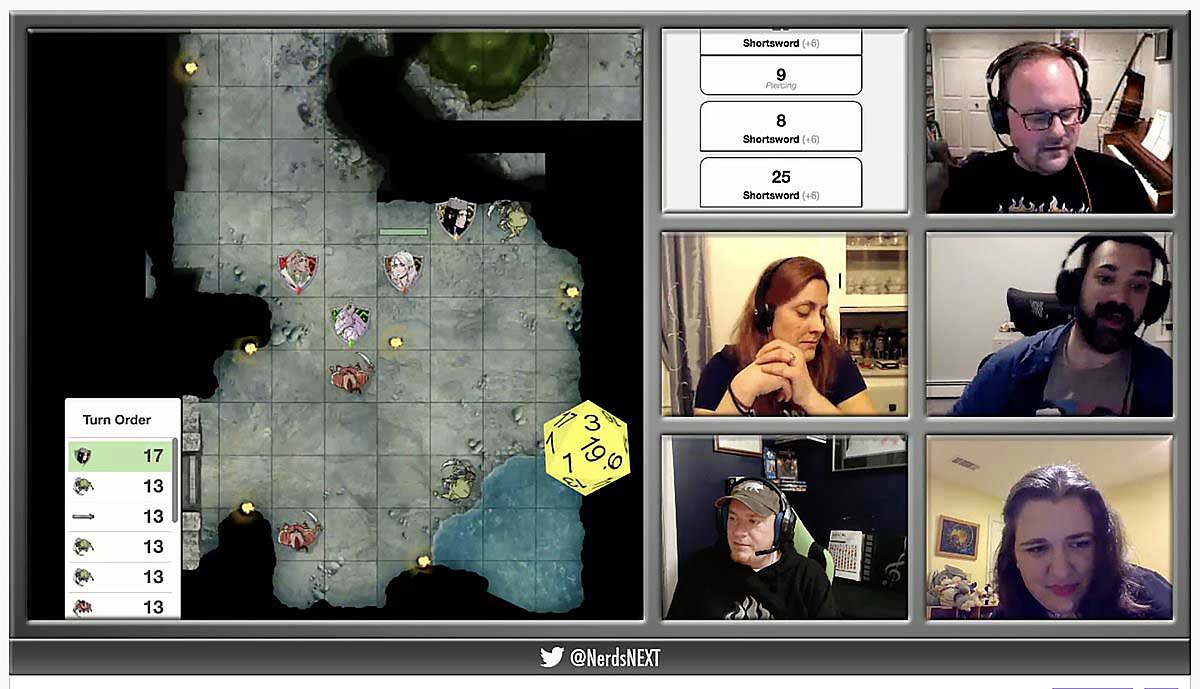Is Interactive Live Streaming the future?
Live streaming has been around now for several years, with video streaming currently representing two-thirds of all internet traffic. The early adopters were joined by those arriving later, and by now even those lagging behind have taken on live streaming. The novelty of the technology, which allowed players to spectate while others played video games or done other activities by watching on various platforms such as YouTube or Twitch or even Facebook Live was to create an immersive experience that gave benefits to those watching as well as those playing.
Indeed, many people found internet fame and built successful careers from live streaming various games from Call of Duty to Minecraft to League of Legends. For example, Hearthstone streamer Jeffrey Shih, widely known by his handle, “Trump”, boasts a near $300,000 revenue from streaming. Another example is streamer Trish Paytas, who earns her revenue just from eating various foods live on air. However, the game is changing. Interactive live streaming has arrived to help shake up any staleness and breathe fresh air into the gaming technology.
Interactive Live Streaming
Twitch introduced interactive live streaming at the end of 2017 with the launch of Twitch Extensions. Developers can now allow viewers of live streams to interact with the game and page widgets, to learn about the game, get real-time information about the game, answer polls on the game, and even interact with the streamer. The move is a huge one in terms of adding a communicative and social aspect to the live streaming process, while it allows streamers to experience live interactive feedback on how they are playing and how they are conducting their streams. Spectators can discover more about the game – which may even incentivize them to play the game themselves or even create their own streams.
Companies That Use Live Streaming
Twitch is the strongest platform for live streaming, having developed a dedicated fan base of streamers, but live streaming exists across the gambit of the digital world. For example, Imperial College London has a series of lectures that can be viewed on live stream. House Network property retailer offer live streams in lieu of house viewings. Nest sell indoor and outdoor cameras that offer live streams for security purposes of your property while you’re not in it. Moreover, the online casino industry utilizes live streaming through live casino games, such as the BetWay live casino blackjack, poker, and roulette games. The dealer is live, and players can interact with the interface in order to choose their next move in the game based on what they are seeing – for instance, choose to double down in a round of blackjack. Perhaps the biggest rival to Twitch is the Mixer live streaming platform, which allows for interactivity and encourages smaller scale streamers to truly interact with their fans and those spectating. By creating a less populated space, the immersive atmosphere will be more relaxed and players and spectators will all feel more of a personal connection to the game.

SOURCE: @NerdsNEXT via Twitter
Smart Interactivity with the Video Player
Some of the greatest inventions in live streaming come through Twitch, which garners over 45 million users a month, and positions itself at the top of live streaming. Smart Click Maps on Twitch by ExMachina allow viewers to click on locations in the video player to feedback information to streamers without the need for lengthy polls or explanations. An extension to this is the Smart Polls that can ask more pointed questions and allow spectators a chance to choose one of the set replies. For simple yes and no questions, the Tug of War allows each side of the screen to become ‘yes’ or ‘no’ in order for streamers to get generalized feedback on a decision, for example, if they ask a question about moving forward in the game in a certain way.
Facebook Live Streaming
Social network Facebook has made a push for attempting to carve out some of the live streaming revenue too, however. Facebook is offering 55% of ad revenue to the streamer, and $7 per 1,000 ad views, which can grow considerably depending on the amount of content and size of their fanbase. While the social network isn’t the first thought for most gamers, it is attempting to shift this image to show that the interactivity of the live feed allows for an immersive atmosphere while playing and streaming. According to reports, Facebook is so keen on generating some of the viewers of live streaming that they are offering deals for streamers who sign up and bring a portion of their existing viewers with them. Plus, they’re offering a chance for streamers to earn donations from fans as well, which will entice those not benefiting financially from Twitch or wanting to be early adopters with Facebook live streaming. With Facebook owning Oculus Rift’s VR hardware, could VR live streaming rear its head in years to come?
The Future of Live Streaming
Ultimately, live streaming has to anticipate what fans want and what games might be played in order to investigate how to better their streaming experience. With so many companies attempting to offer something unique in the way of streaming, the market is becoming more saturated, which means the power lies with the streamers and where they want to take their gaming and their fans. Bigo Live is a social network that offers live streaming services, which could indicate that a combination of the two that works for the right audiences is how live streaming develops.
The bonus for interactive live streaming is that companies are now relying on third party developers to see what kind of technological advances they can conjure up in order to further improve the gameplay. Especially Twitch, who has always cultivated strong relationships with the gaming community. By opening the floor up to developer ideas and enhancements, friendly competition is also increased, and players will be the ones to benefit from the gameplay evolutions. Overall, interactive live streaming is still in its infancy, but the way the technology looks to grow shows that we can head into some exciting times.
